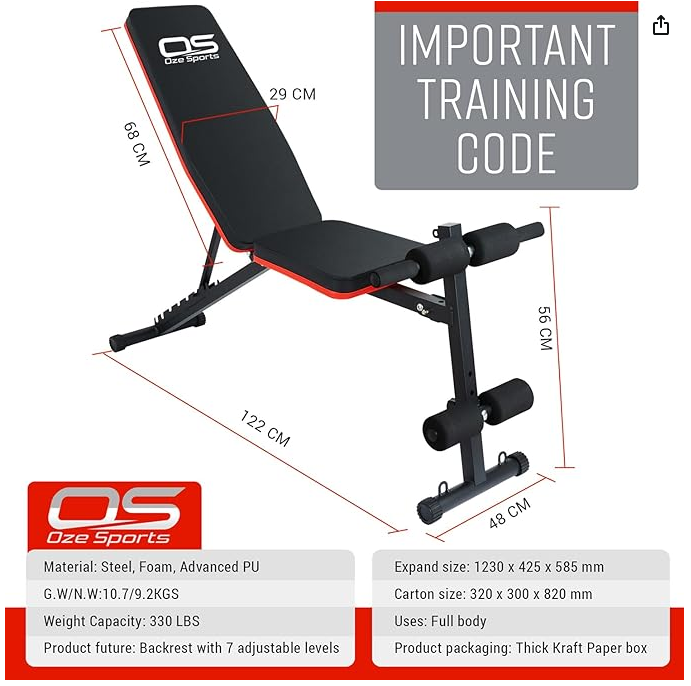The Integration of Technology in Sports
 Adjustable Weight Bench - Utility Incline Decline Flat Foldable Bench Press sit up for Full Body Workout Home Exercise Gym Equipment – 7 Adjustable Positions & 2 Training Straps
Adjustable Weight Bench - Utility Incline Decline Flat Foldable Bench Press sit up for Full Body Workout Home Exercise Gym Equipment – 7 Adjustable Positions & 2 Training Straps
Technology has significantly impacted the world of sports, revolutionizing the way athletes train, compete, and recover.
Wearable Technology
One of the key advancements in sports technology is the development of wearable devices that track and analyze various aspects of an athlete’s performance, such as heart rate, speed, and distance covered.
Virtual Reality
Virtual reality has also made its way into sports, allowing athletes to simulate game scenarios and improve their decision-making skills in a controlled environment.
Data Analytics
Data analytics play a crucial role in sports performance, helping coaches and athletes understand patterns, identify weaknesses, and make data-driven decisions to enhance overall performance.
Biomechanics Analysis
Technological advancements in biomechanics analysis have enabled athletes to optimize their movements, reduce the risk of injuries, and enhance their overall efficiency and performance.
Nutrition and Recovery
Technology has also revolutionized the way athletes approach nutrition and recovery, with the development of personalized meal plans, supplements, and recovery tools that help athletes optimize their performance.
Training Equipment
From smart equipment that provides instant feedback on technique to equipment that enhances strength and conditioning, technology has transformed the way athletes train and prepare for competition.
Conclusion
In conclusion, the impact of technology on sports performance is undeniable. From wearable devices and virtual reality to data analytics and biomechanics analysis, technology has revolutionized the way athletes train, compete, and recover. As advancements continue to be made, it is clear that technology will play an increasingly important role in shaping the future of sports performance.

